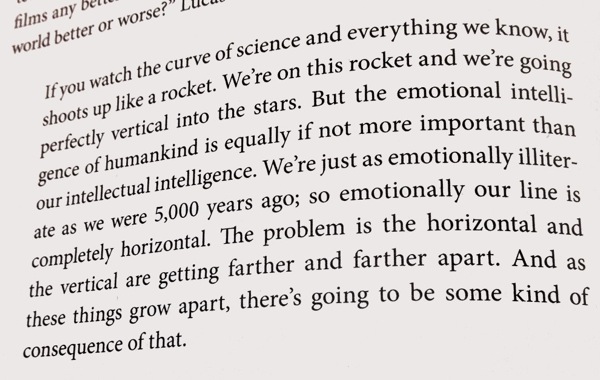I have been looking up anything to do with the relational paradigm and keep bumping into relational psychoanalysis and relational T.A.
They seem fine. I’m surprised these branches of the tree are even needed – I would have thought that psychoanalysis and T.A. Were already “relational” in this way, i.e. Valuing of the relationship between the therapist and the client. Understanding attachment and early relationships as primary. Apparently not.
However I realise I’m in a different school altogether. One that see the relationship as the therapy, but not only the relationship with the therapist but the relationship people have with each other out there in the world. The marriage or committed loving relationship is the dominant one. I’ve come to understand that, especially in individual therapy, the relationship with the therapist can undermine the potential of the committed loving relationship with a partner. If there is no such relationship then the relationship with the therapist can be a surrogate, or if possible a way of facilitating the search for a mate. The rest of the time the therapist is there to facilitate the consciousness that will enable a committed loving relationship to be therapeutic. They are not naturally so – though they have a natural propensity to be so.
With this relational paradigm more and more fully grasped of late I see that psychodrama has something of this philosophy well developed. Moreno speaks a lot of “in situ”. I think of that as working with the actual here and now relationships in a group.
Psychodrama does not require a theatrical setting, a frequent misunderstanding; it is done in situ – that is, wherever the subject is found.
Who Shall Survive? (1978) P86
However Moreno is not clear on this – Later in the same book he speaks again of therapy in situ
… it can take an immediate form, in situ, that is, in the course of all activities in which the individuals are en- gaged, in the home, in school, at work, for instance the handicraft shop, steam laundry, carpentry shop, department store, etc . The situations of living and working are at the same time used as therapeutic settings. We have found, however, that the analytic and activistic forms of group psychotherapy are not applicable to the deepest disturbances of the individual and the group; they require the application of deep action methods in the form of psychodrama. But they are applicable to social problems of the group in a setting in which, during the treatment, the group is artificially cut off from the community as if the rest of the community were non-existent and as if the influence coming from it could be disregarded.
He comes close to a relational paradigm, and then moves away for “the deepest disturbances of the individual and the group” to theatre where psychodrama clearly becomes treatment of or via a protagonist. Yet he stays close, because as we know, … the protagonist is a protagonist for the group. (ref?)
The idea that the relationship itself can be the source and vehicle for growth and healing, is not explicit in psychodrama – it is there in most psychotherapy, but only in the relationship between the client and the therapist. Yet this idea that the protagonist is working for the group can be translated to the protagonist working for the relationship. That helps!
The relational paradigm is still to have its major impact, like any paradigm shift it is hard to get from the perspective of the old space.
Imago dialogue is one technique for activating relational healing, one that is easy to teach to clients. However I think T.A. Has the potential for that, Marshall Rosenberg NVC, and psychodrama does as well… Concretisation, role reversal, mirroring and doubling are potent methods. Psychodrama is not so easy without a director. How make the method easily accessible is what I’m working on all the time.





